T-M109 Electromagnetic Swing DIY Learning Kit
The T-M109 Electromagnetic Swing DIY Learning Kit is a hands-on educational project that introduces learners to the fundamentals of electromagnetism, magnetic fields, and motion. Students assemble a working electromagnetic pendulum to observe how electric current and magnetic forces create controlled motion. This kit is designed for STEM classes, science fairs, and home experimentation.
What students will learn
- Principles of electromagnetism and magnetic fields
- How electric current generates magnetic force in a coil
- Relationships between magnetic attraction, repulsion, and motion
- Basic circuit assembly and mechanical construction
- Experimental observation and troubleshooting skills
Key Features and Benefits
- Educational value: Demonstrates core physics concepts in a visible, memorable way
- STEM-focused: Encourages critical thinking, experimentation, and hands-on learning
- Complete kit: Includes motor or battery holder, copper coil, permanent magnet, wooden base, swing arm, pivot parts, and connectors
- Easy assembly: Parts are pre-cut and designed for simple fitting; no soldering required
- Safe design: Operates on low-voltage DC 3V to 5V power for classroom safety
- Durable materials: Non-toxic components built to withstand repeated use
Package Includes
- Wooden base and support frame
- Electromagnet coil
- Swing arm and pivot components
- Permanent magnet
- Connecting wires
- DC motor or battery holder (depending on version)
- Instruction manual with assembly steps and experiment suggestions
Specifications
- Model: T-M109
- Materials: Wood, copper coil, magnet, plastic
- Power supply: DC 3V to 5V
- Assembly time: Approximately 20 to 30 minutes
- Skill level: Beginner to intermediate
Assembly and Experiment Tips
- Follow the step-by-step instruction manual for initial assembly and wiring.
- Verify connections and ensure the coil is positioned correctly relative to the magnet.
- Start with the lowest voltage recommended and increase gradually to observe changes in motion.
- Encourage students to record observations: swing amplitude, frequency, and how adjustments affect motion.
- Try variations such as changing the magnet distance or coil turns to explore magnetic field strength.
Safety and Classroom Use
- Designed for low-voltage use to reduce electrical risk.
- Supervise younger students during assembly and testing.
- Avoid short circuits and ensure batteries are inserted correctly.
- Store small parts and magnets safely to prevent swallowing or interference with electronic devices.
Project Ideas and Applications
- Classroom demonstration of electromagnetic oscillation and energy conversion
- Science fair project exploring how coil turns or voltage affect swing motion
- Hands-on lab for physics units covering electromagnetism and simple circuits
- Maker activities combining the kit with sensors or microcontrollers for data logging
Note: Images are for illustration purposes only.

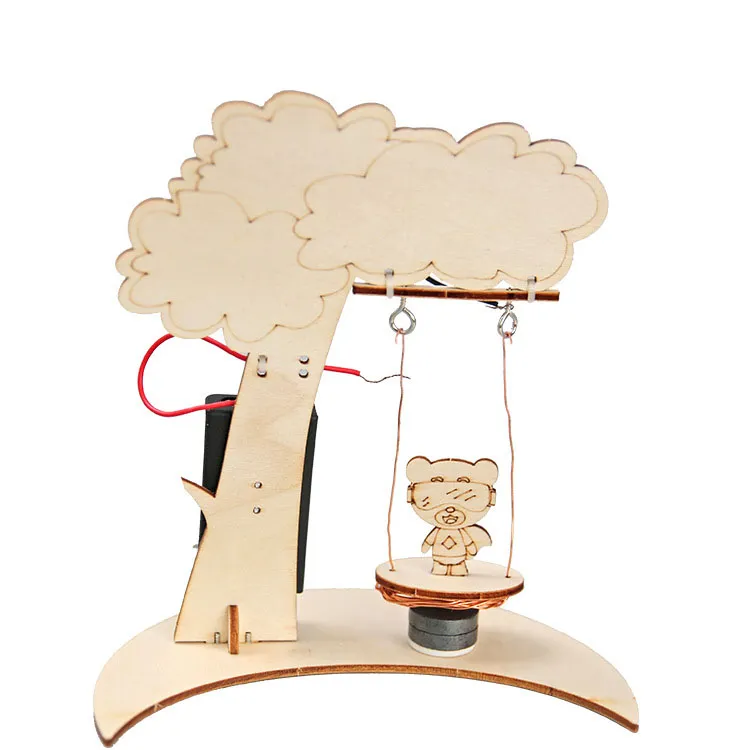

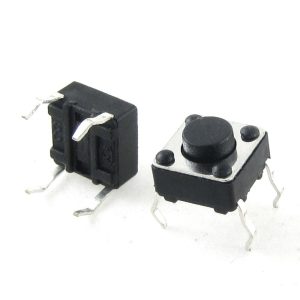
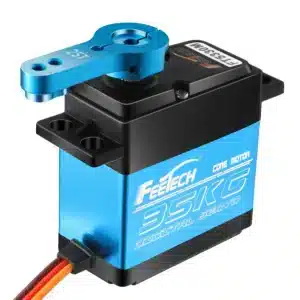
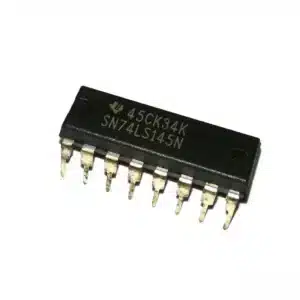
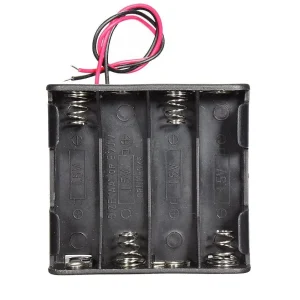
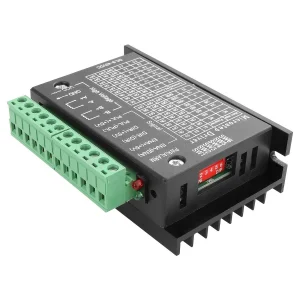

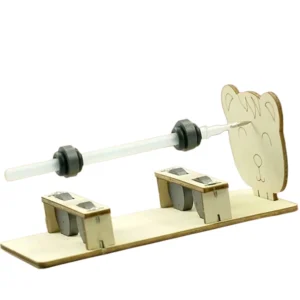

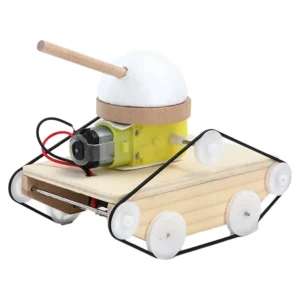
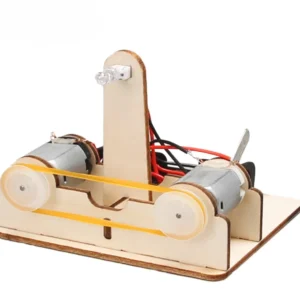

Reviews
There are no reviews yet